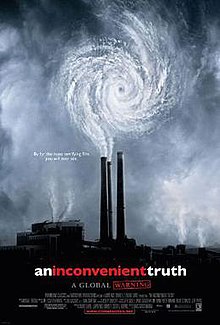Original post:
Water has confounded smarter people than me.
Enron's adventure in H2O is a cautionary tale, they bought Wessex Water in England, bought water concessions in Argentina and had a long term contract in Cancun.
Enron partially spun out the water sub, Azurix at $19.00. Within 18 months it was trading at $3.50 where Enron tendered for the 34% of the company that the public owned.
Not a very sweet deal for anyone involved. Water is tough business.
And, of course, Enron being Enron, they bid 100% more than any one else in the business to get the Argentina deal to have some big pre-IPO news.
From FT Alphaville:
In search of liquid water (investment vehicles)
This guest post was submitted by Jason Abbruzzese of FT.com.Among the water deals we've mentioned on these pages are York Water, a distributor, 2.91% dividend yield, haven't missed a divvy since 1816.
A little more than a year ago, Citi chief economist Willem Buiter said water was on its way to becoming “the single most important physical-commodity based asset class, dwarfing oil, copper, agricultural commodities and precious metals”.
While we’re not quite there yet, the drought that continues to scorch US crops is providing a small preview of the future as Buiter sees it. With forecasts projecting that the US drought will get worse before it gets better, it’s worth thinking about how one is supposed to invest in something that literally falls out of the sky.
Commodities have been one of the more common-sense plays, as their supplies are being hammered by the lack of rain. Hedge funds are already projecting corn prices to continue their rise.
The weather derivatives market itself? It would be a strange place for investors to take a direct, liquid (ha) view on a water crisis. Exchange-traded weather derivatives such as CME’s US temperature contracts aren’t enormously traded, while corporate end-users drive innovation in the market, as Energy Risk recently reported:
The OTC weather derivatives market has also been evolving as end-users grow more sophisticated and demand more complex, bespoke products to hedge their weather risk. Several years ago, the first quanto weather products appeared, in which payouts depend on two variables, typically temperature and the price of a commodity such as natural gas or electricity. Such products allow energy companies to hedge both price and volume risk. For instance, utilities face the risk of being unable to meet customer demand on cold winter days and being forced to buy natural gas on the spot market. By hedging with a quanto structure, they can receive a payout that is triggered by cold temperatures and then scaled up by the market price of gas.That’s the hard reality of weather investing — not something for directional bets from trend-hunting investors....MORE
Then there's Linsay Corp. the largest irrigation equipment manufacturer in the country.
It got away from me on this run, $55 on June 4, $65 on June 26 and $72 currently.
Finally,he CME has a suite of weather derivatives but only a few of them relate to precipitation. We talked about the hurricane futures but lost interest when it became apparent that Al Gore did not have a lock on truth, inconvenient or otherwise.
The U.S. has had one landfalling hurricane since Hurricane Ike made landfall on September 13 2008 and some folks think Irene was already back down to a tropical storm when she hit.

Promotional poster for An Inconvenient Truth designed by The Ant Farm
Update:
More On H2O Investments: Uninvestable Water (PHO; FLS; AWK)